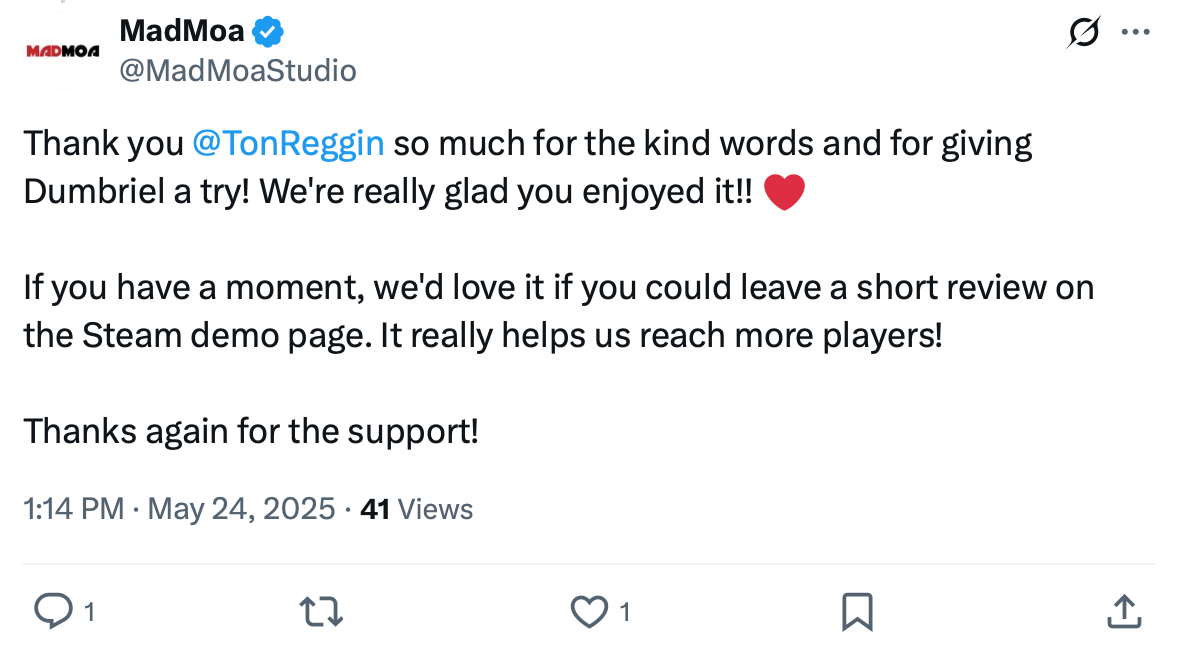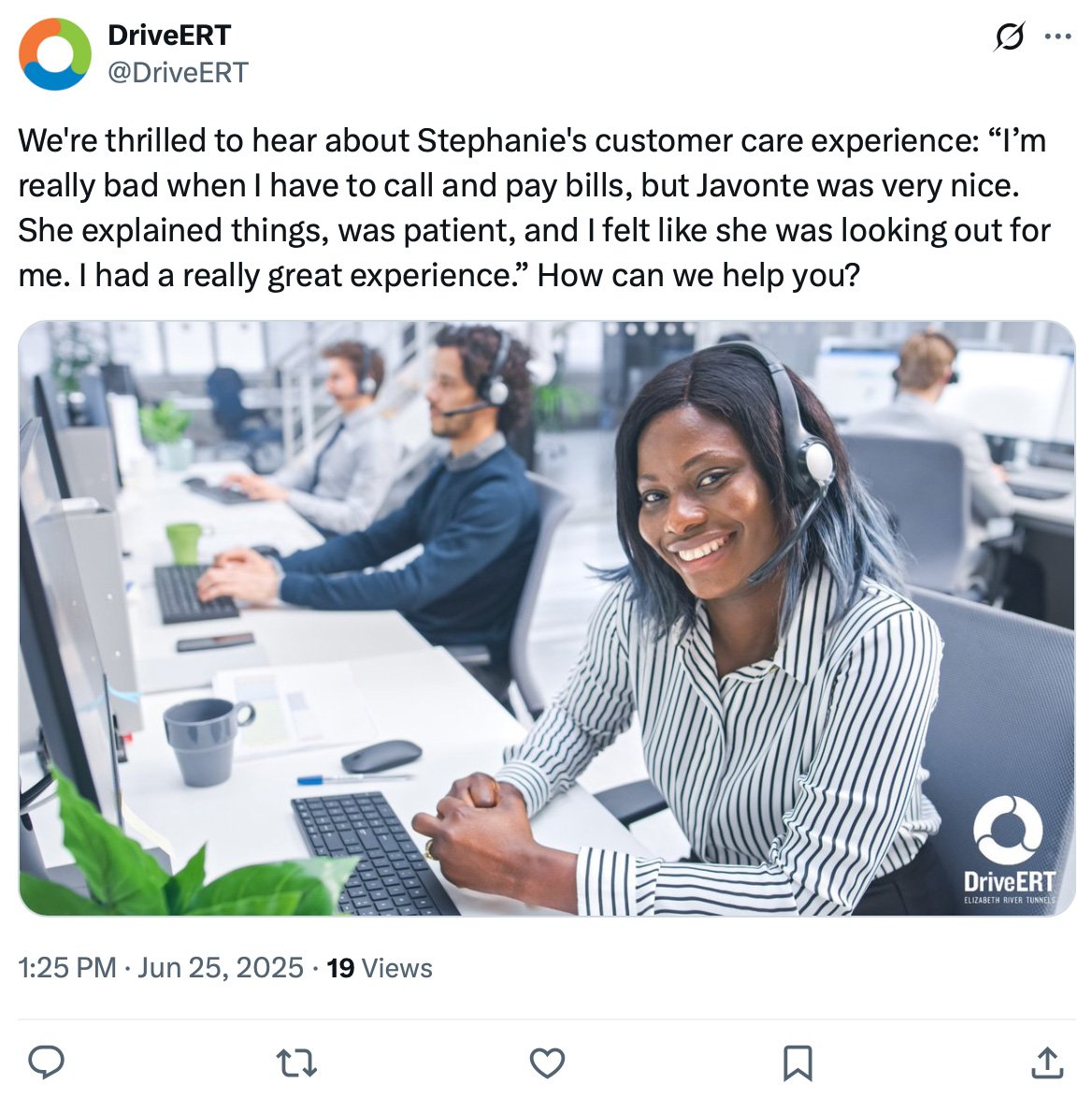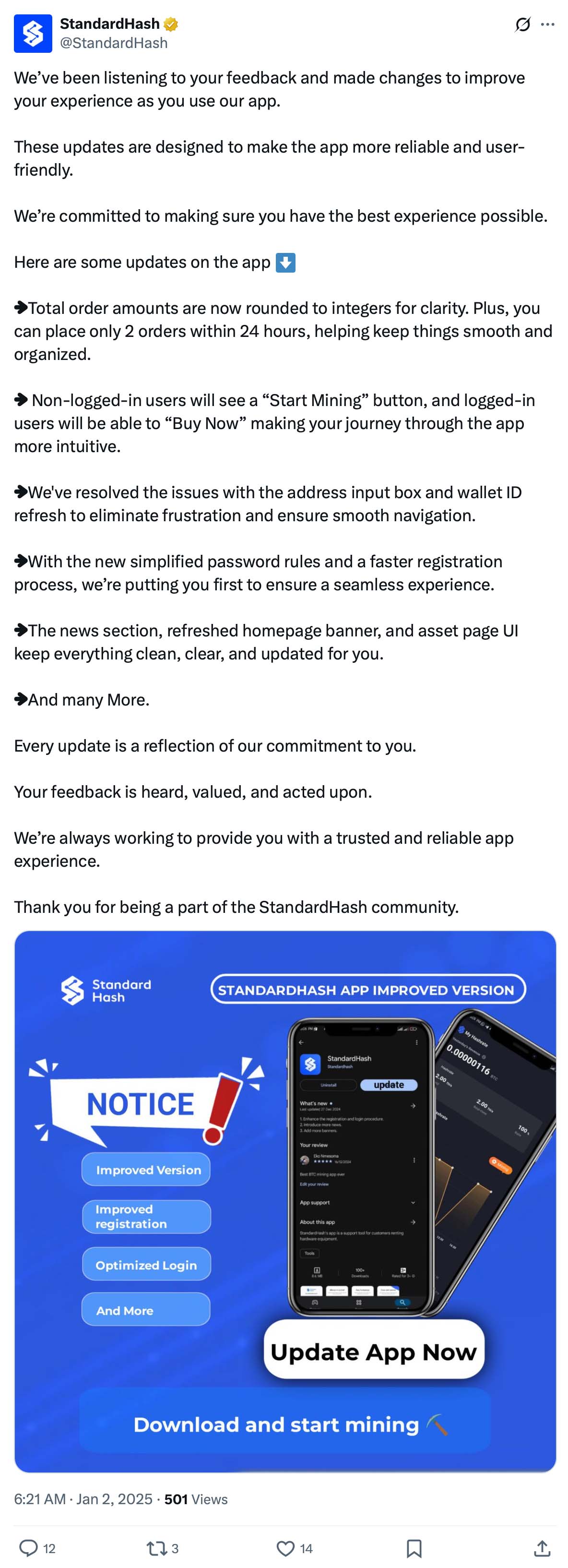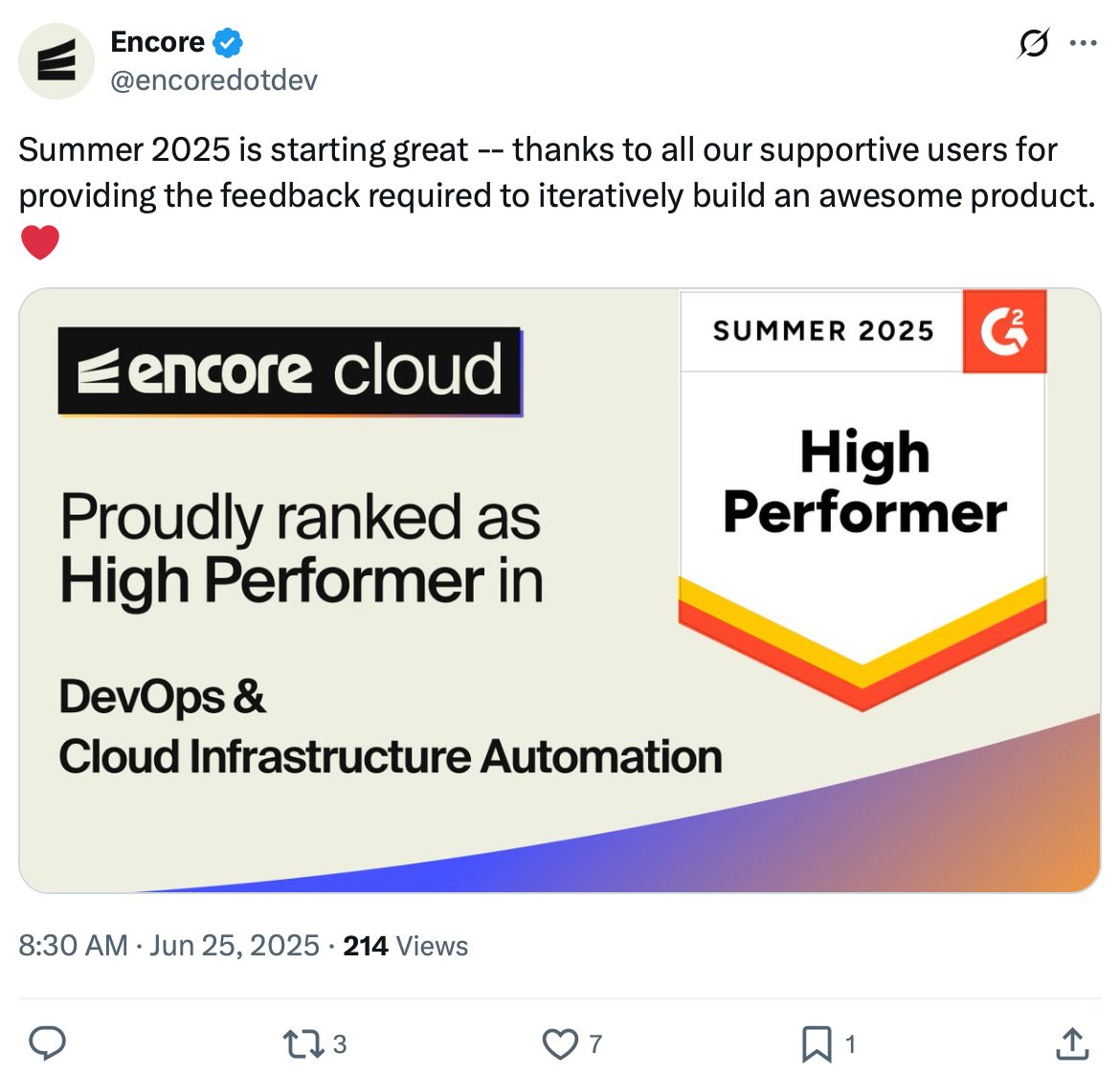Best Practices to Collect Customer Reviews for Your Business
Customer reviews are more than social proof. They reveal how people experience your business. Learn how to collect and use feedback to build trust and loyalty.
• Ask for reviews at the right time in the customer journey
• Remove friction by collecting feedback across key channels
• Use automation and personalisation to scale review volume
• Involve your support team and offer ethical incentives
• Showcase and respond to reviews to build brand trust
Customer reviews are one of the most influential factors in the modern buyer’s journey. Whether you’re selling products or services, online reviews directly impact customer relationships, purchase intent, and long-term customer satisfaction.
Beyond social proof, reviews provide insight into every aspect of your business, from product quality to delivery and support. They reflect the full customer experience, highlight areas for improvement, and celebrate what’s working.
Collecting customer feedback regularly should be part of your wider growth strategy. It helps improve customer retention, build community across social media, review platforms, and owned channels like your website.
The best time to ask for a review? Right after something goes well, not days or weeks later.
For example, when:
- A customer gets their order, loves it, and you send a quick follow-up email
- Someone posts a nice comment on social and you reply with a friendly nudge
- A support ticket is resolved, and the agent invites them to leave feedback
If you wait too long, the moment passes. If you ask too early, the feedback might not be helpful. The sweet spot is when your customer is feeling positive and still engaged.
To maximise review volume, remove friction. The easier it is for customers to share feedback, the more likely they are to do it, especially when there’s a clear benefit for them too.
Best practices:
- Add direct review links to post-purchase emails or SMS
- Embed review forms on your website or landing pages
- Prompt feedback in your product or app after key moments
- Collect feedback via social DMs, polls, or community replies
You can use this template to collect reviews from people on your website who have shopped with you before or used your product:
You should always send a post-purchase email to ask for reviews. Automating it helps you stay consistent, as long as you personalise it properly so it doesn't sound robotic.
Here’s how to do it right:
- Send a quick follow-up after delivery or sign-up
- Use their name and reference what they bought or did
- If they don’t reply, send a gentle reminder a few days later
- Keep it short, and human
- You can also combine things like NPS scores with a simple text box, so people can tell you what worked (or didn’t) in their own words.
This way, review requests feel thoughtful, not generic, and they still run in the background.
Your support team talks to customers every day, they’re in the best position to turn happy moments into real reviews.
Here’s how to make it part of the flow:
- After resolving an issue, ask: “Would you mind leaving a quick review?”
- Share a direct link during the chat, or follow up with an email
- If a customer gives great feedback mid-convo, flag it for follow-up
Reviews like this feel more genuine because they come straight from a real interaction, no nudging needed. Plus, sharing shout-outs like this boosts morale for your team too.
You can offer a small reward to thank people for leaving a review, without asking for anything specific (like only giving it for five-star reviews). It’s a simple way to show appreciation and encourage more people to take part, as long as it’s clear the incentive isn’t tied to what they say.
Try things like:
- A small discount or loyalty points for any review
- A prize draw entry after submitting feedback
- A shoutout in your newsletter or on social media
The template below makes this process automated, easy, and fun:
If you’ve got good reviews, don’t let them sit doing nothing.
Use them where they’ll actually influence people:
- Add star ratings and quotes to your product pages
- Drop testimonials on your homepage
- Post screenshots on social (with permission)
- Use snippets in emails or ads for extra trust
When people see others raving, they’re more likely to buy, and leave their own review too.
Getting reviews is a great start, but what you do next matters just as much.
Track what people are saying and look for patterns.
It's essential to keep an eye on:
- Star ratings across Google, Trustpilot, or app stores
- NPS (Net Promoter Score) to gauge how people really feel
- The ratio of good vs. bad reviews
- Recurring themes in the written feedback
Then actually do something with it. Update your messaging, improve products, tweak support scripts, whatever makes the experience better.
And don’t forget to reply. Even a simple “thanks” or “we’re on it” shows you’re listening.
If you want to improve customer relationships, boost online reviews, and grow your brand reputation, it starts with building a system to collect reviews consistently. From NPS and star ratings to real-time product feedback, there’s value in every response.
By making it easy, automating smartly, and involving your whole team, from marketing to customer service, you can turn feedback into growth. Whether you're gathering customer input on products or services, or showcasing positive feedback across your channels, every touchpoint is an opportunity to build trust and loyalty.
And when you include reviews visibly across your site and social media, you don’t just celebrate happy customers, you encourage others to become one.
Use a popup triggered post-purchase or on confirmation pages to collect reviews. Expand this FAQ to learn how Gleam helps you get more real reviews from real users.
Customer reviews influence trust and drive sales—especially for first-time buyers. Expand this FAQ to understand why user reviews are crucial for conversions.
Testimonials build trust by showing real results from real people — helping convert leads who are on the fence. Click to discover how to use testimonials and social proof to improve lead conversion.
You Might Also Like




